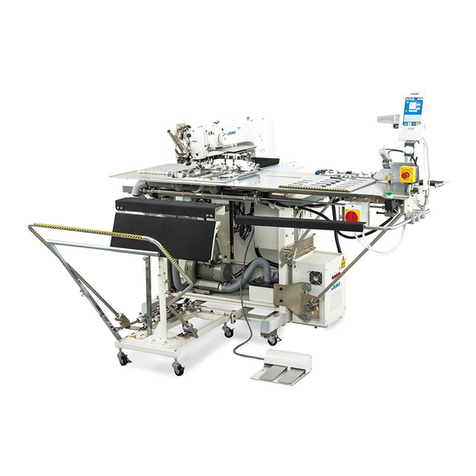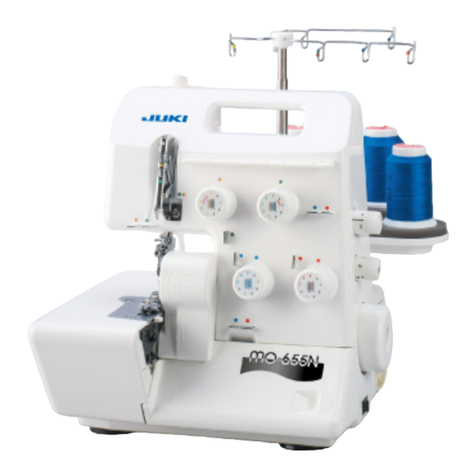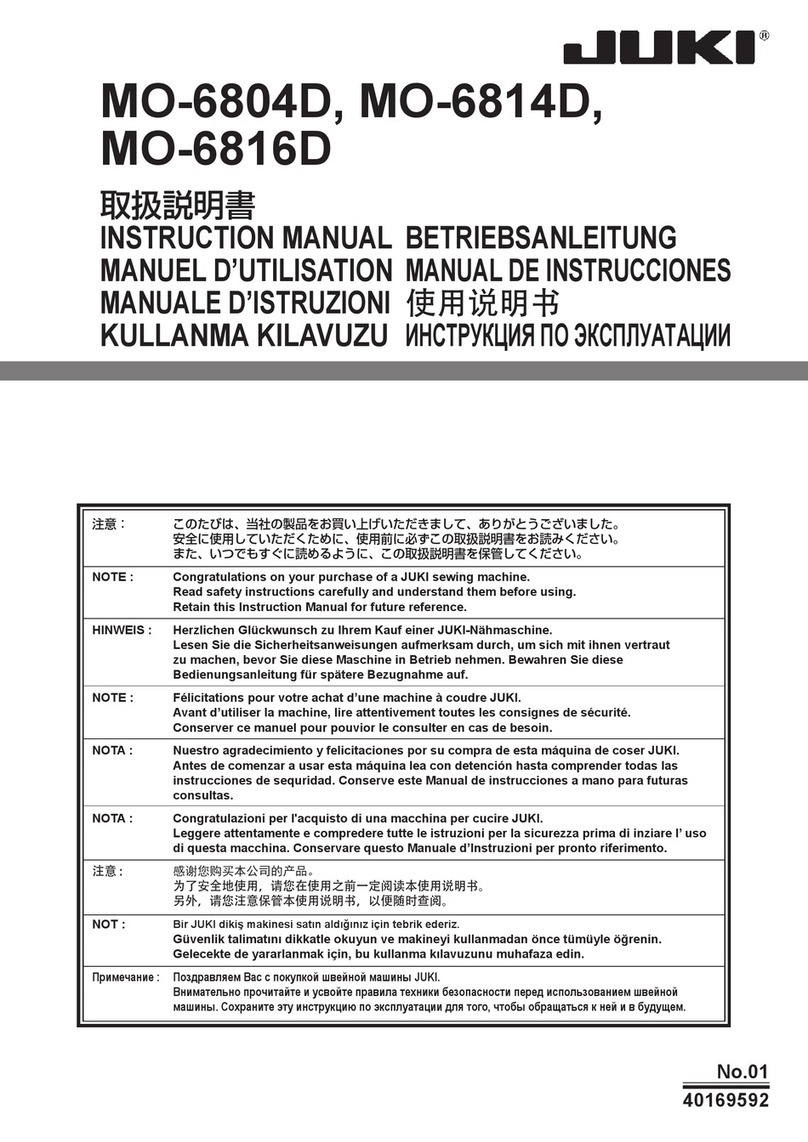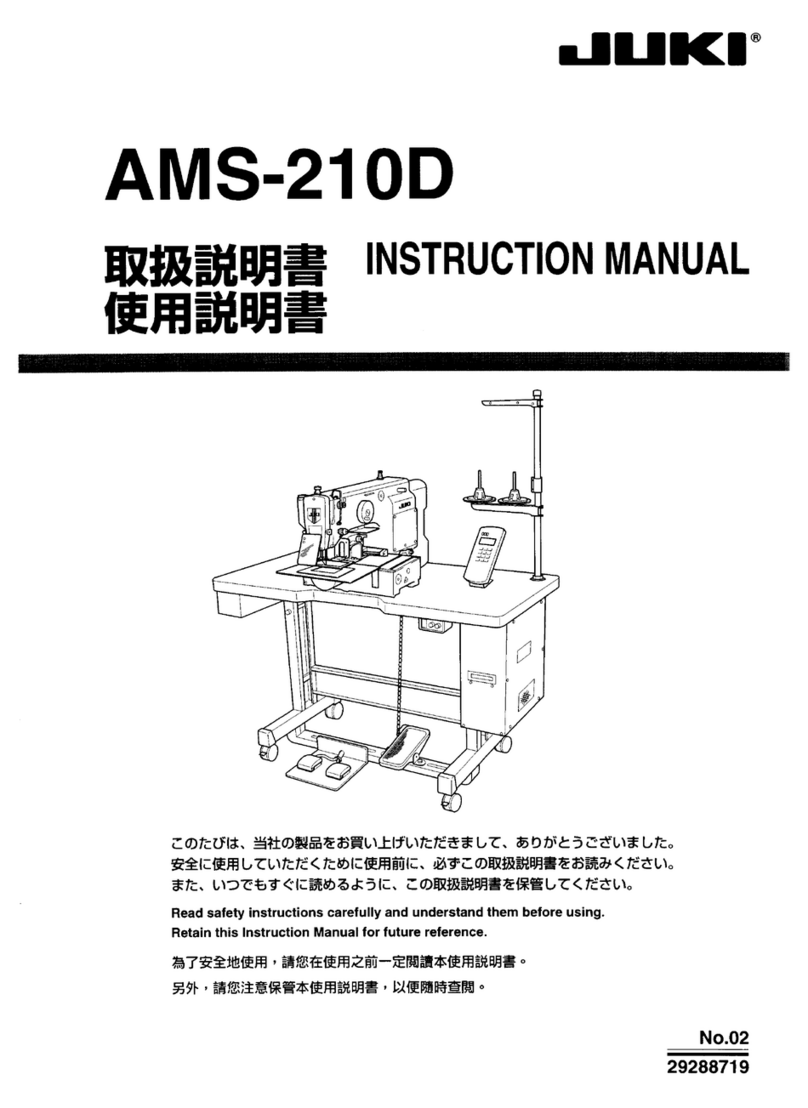JUKI LZ-271 User manual
Other JUKI Sewing Machine manuals
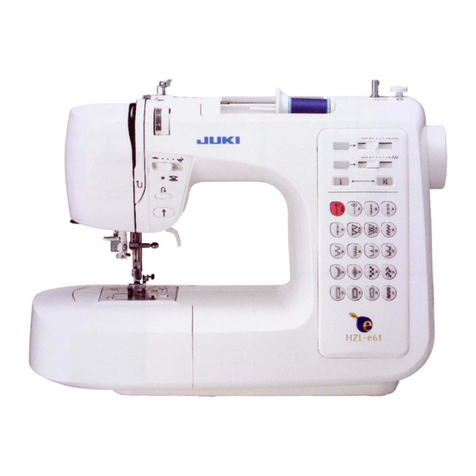
JUKI
JUKI HZL-E61 User manual

JUKI
JUKI MF-7800 User manual
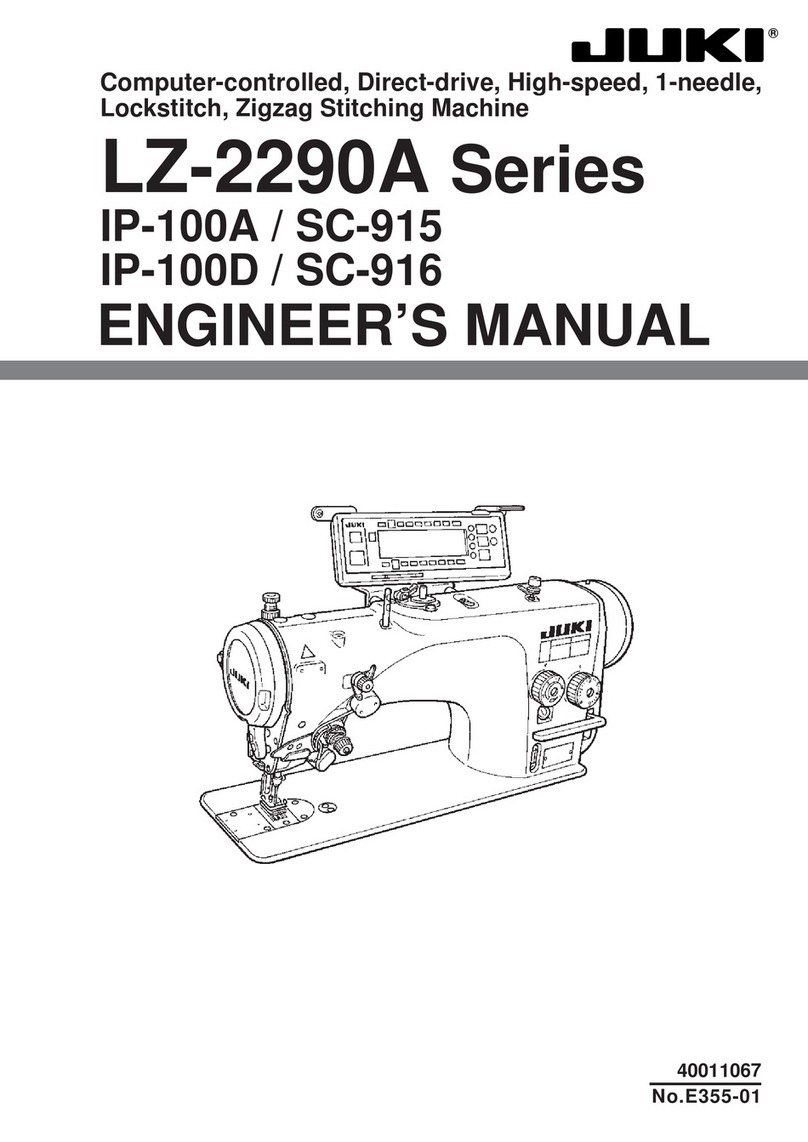
JUKI
JUKI IP-100A Quick start guide
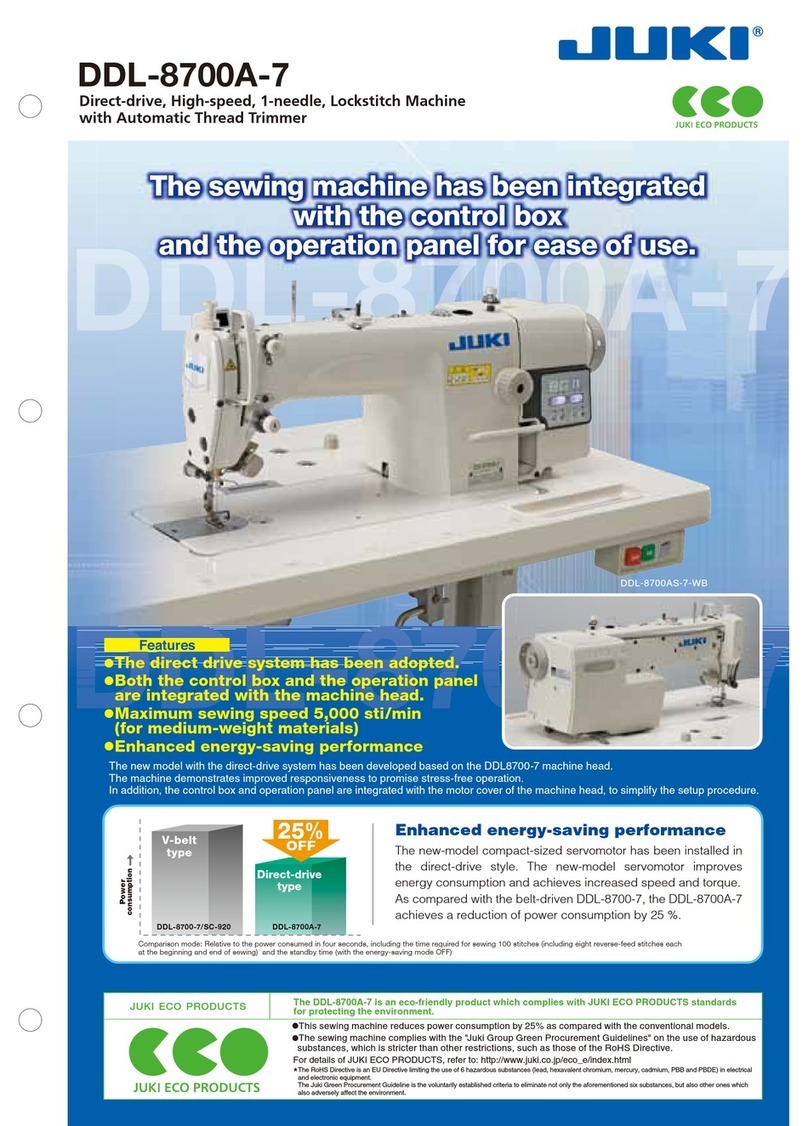
JUKI
JUKI DDL-8700A-7 User manual
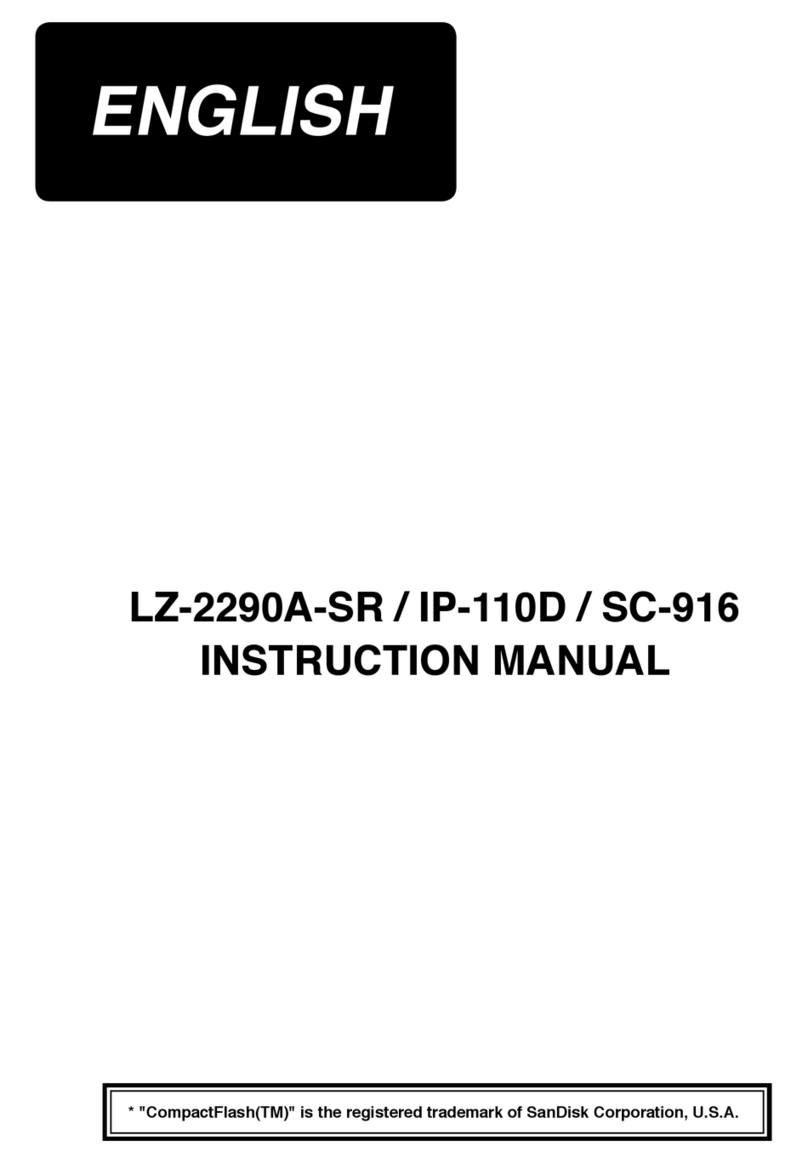
JUKI
JUKI LZ-2290A-SR/IP-110D/SC-916 User manual
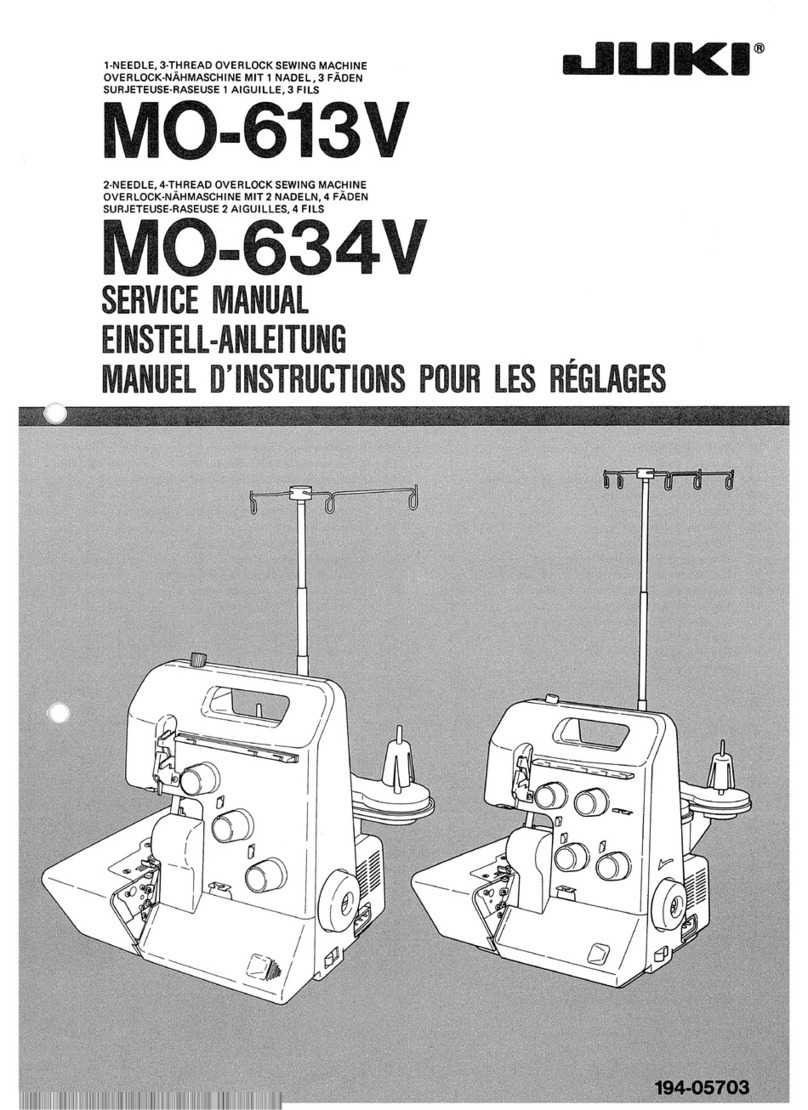
JUKI
JUKI MO-613V User manual
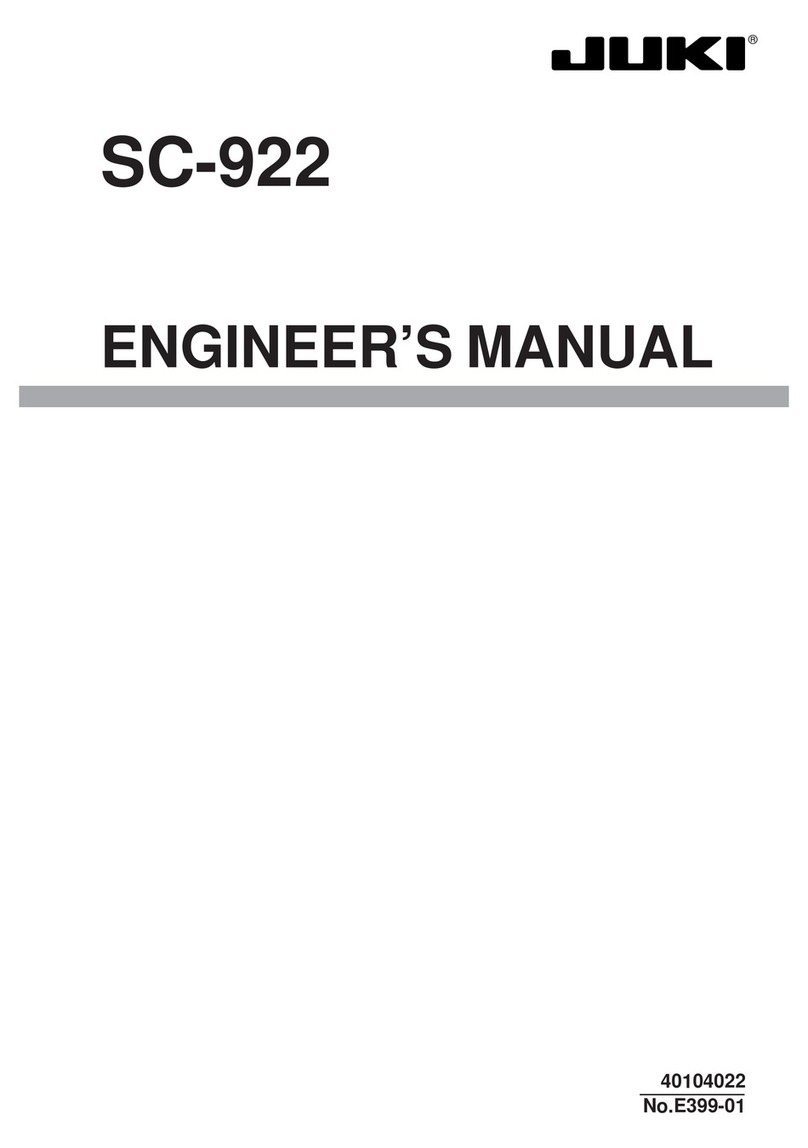
JUKI
JUKI SC-922 Quick start guide
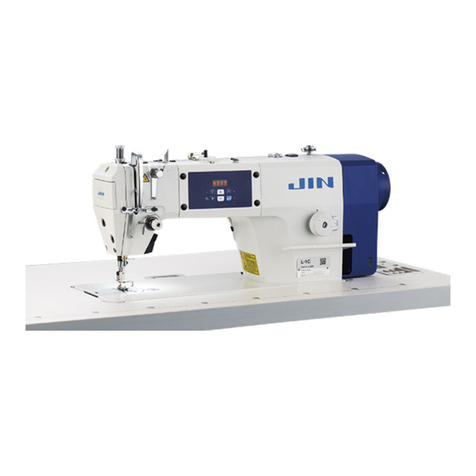
JUKI
JUKI L-1C User manual
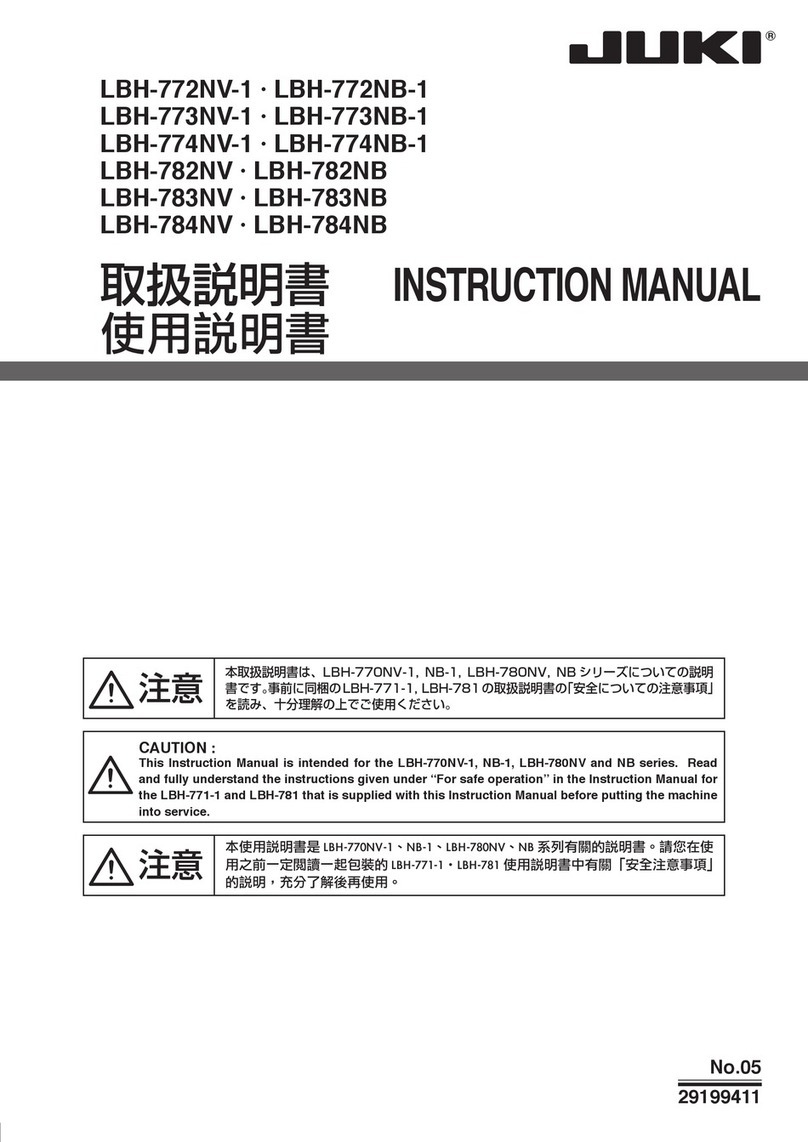
JUKI
JUKI LBH-772NB-1 User manual
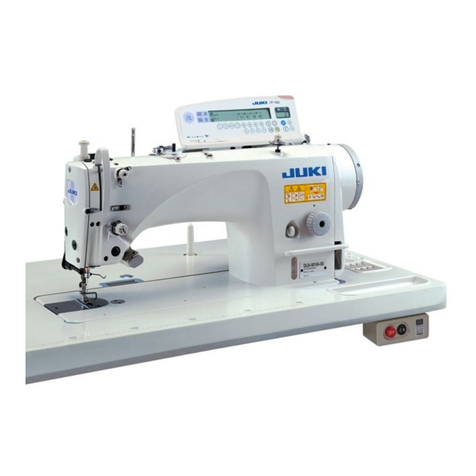
JUKI
JUKI DLN-9010A User manual
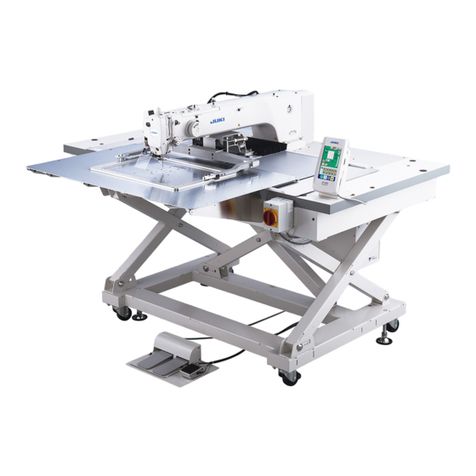
JUKI
JUKI AMS-224EN/IP-420 User manual
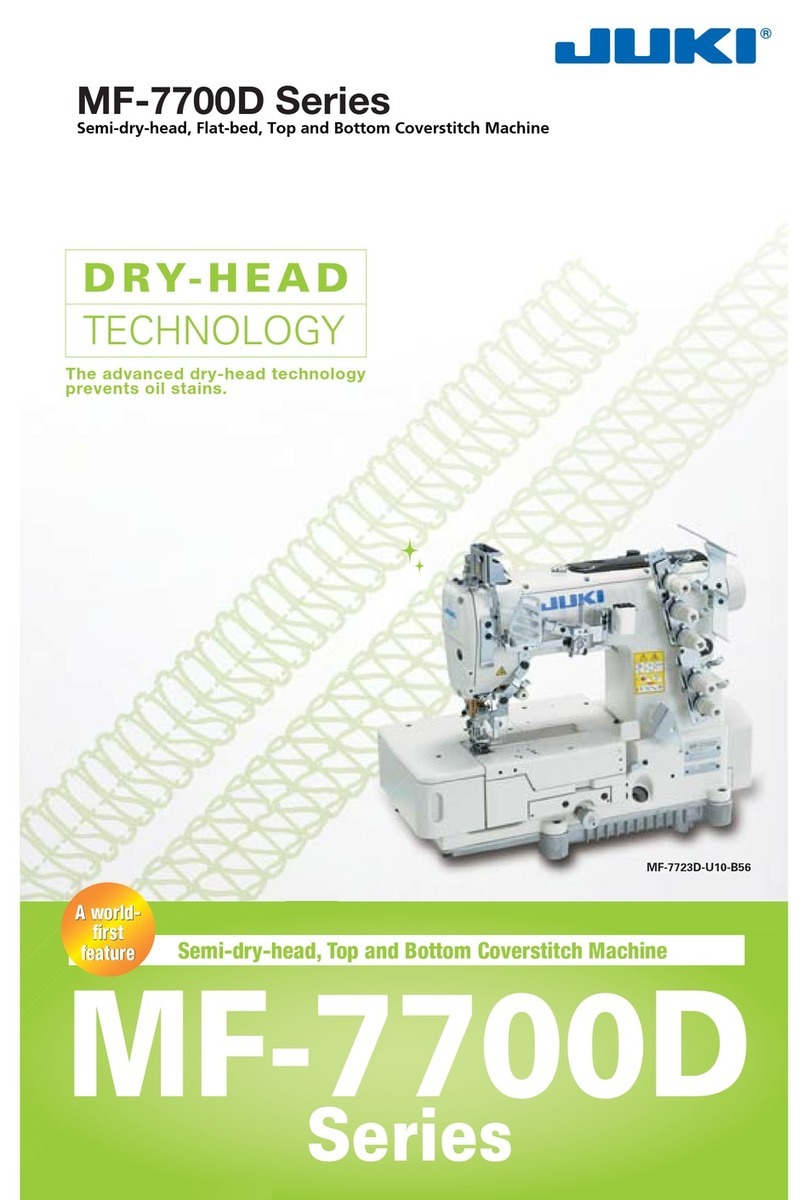
JUKI
JUKI MF-7700D Series User manual
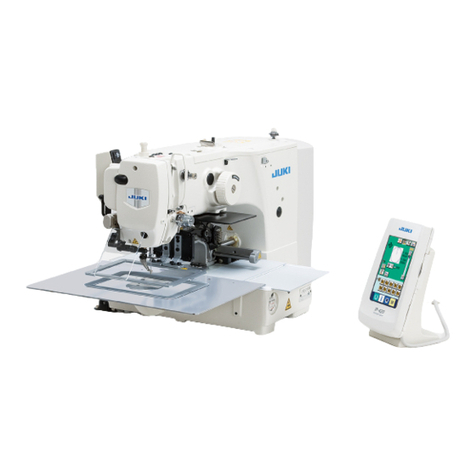
JUKI
JUKI AMS-210E/IP-410 User manual
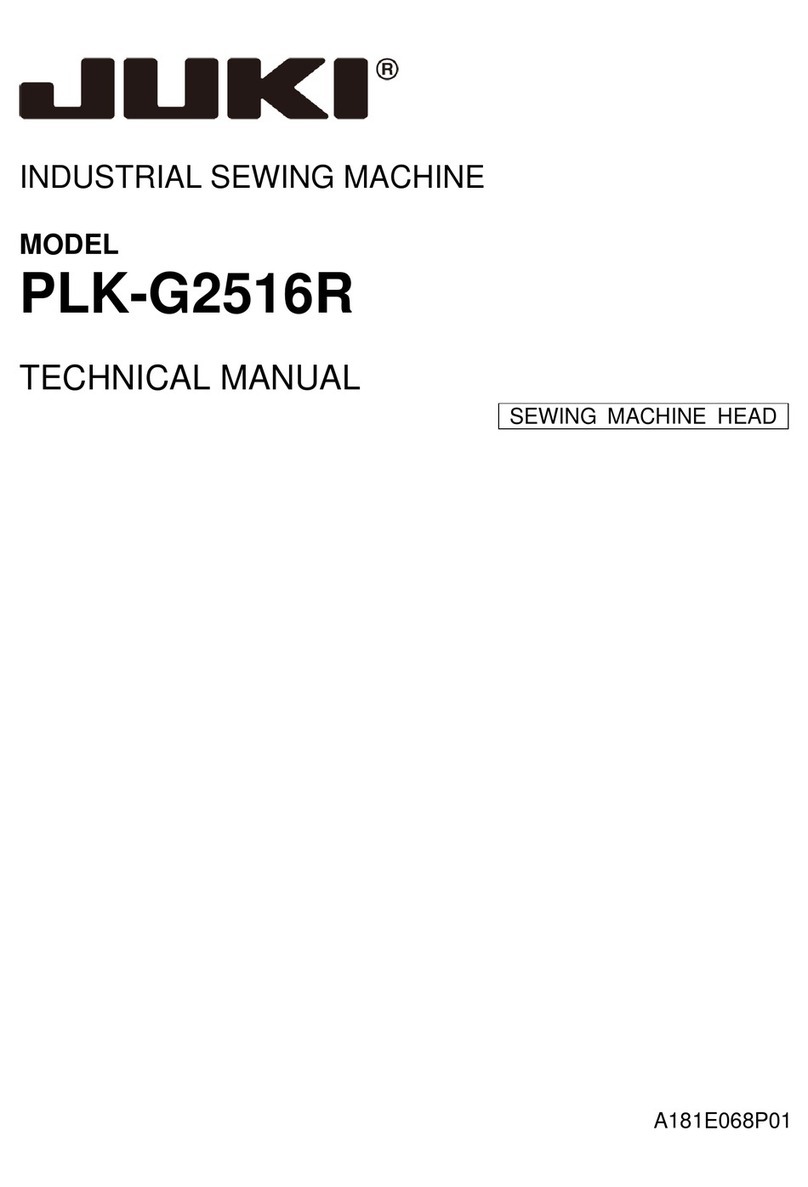
JUKI
JUKI PLK-G2516R User manual
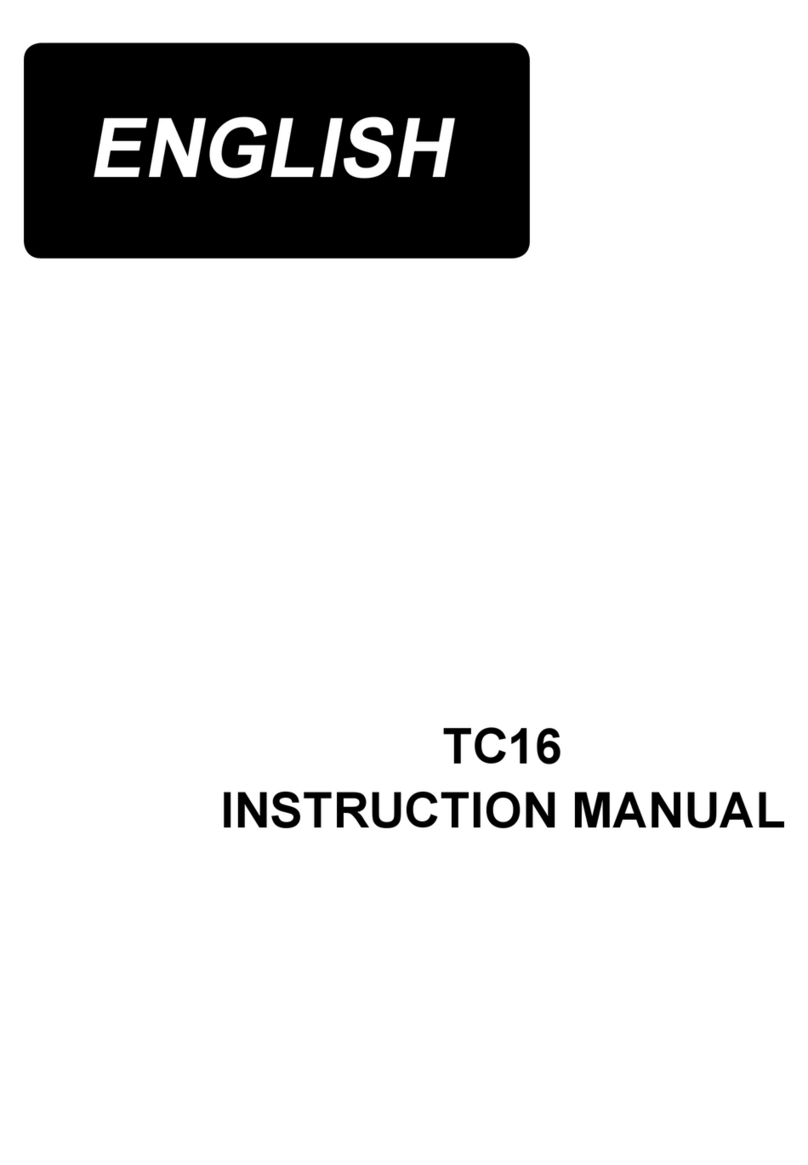
JUKI
JUKI TC16 User manual
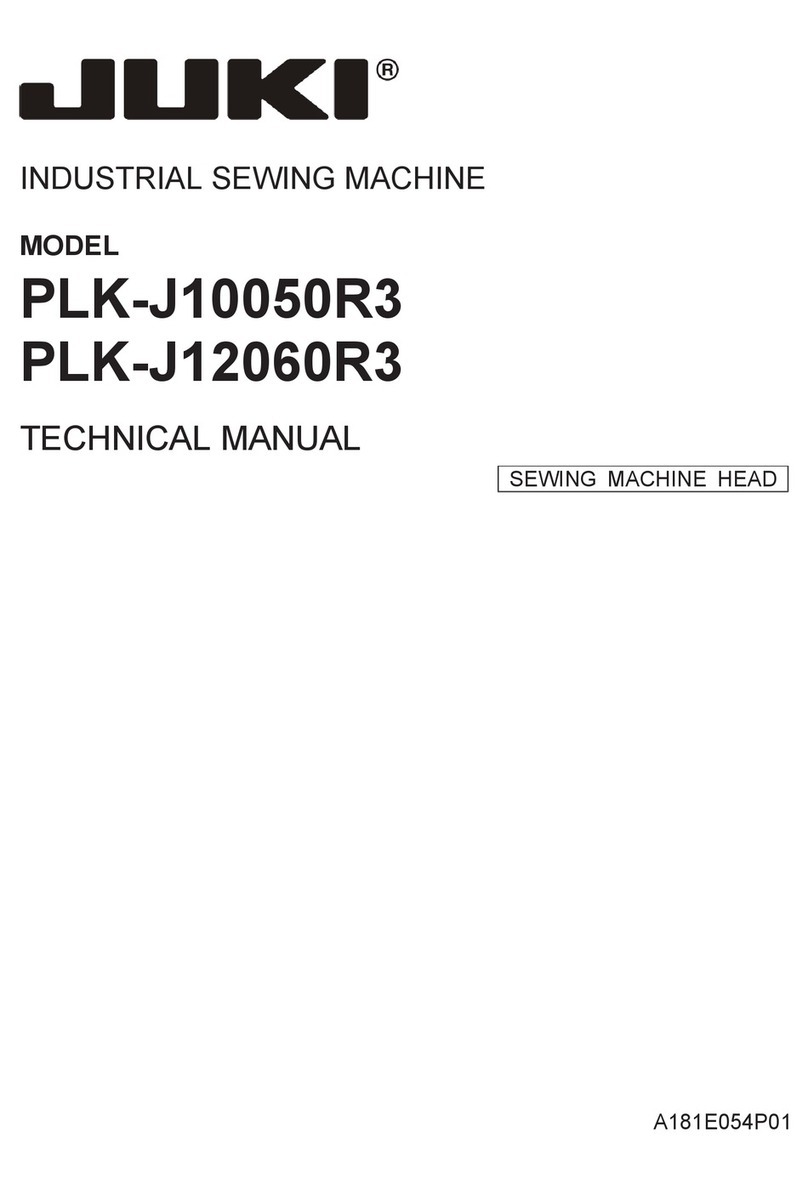
JUKI
JUKI PLK-J10050R3 User manual
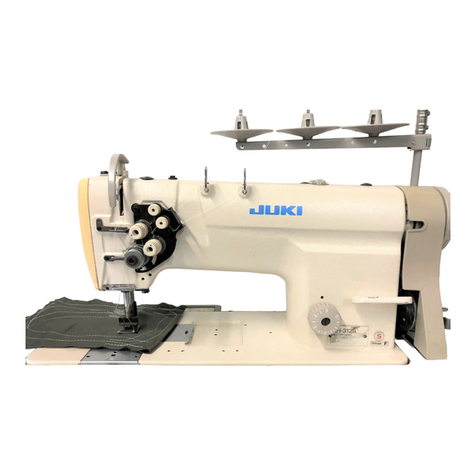
JUKI
JUKI LH-3128 User manual
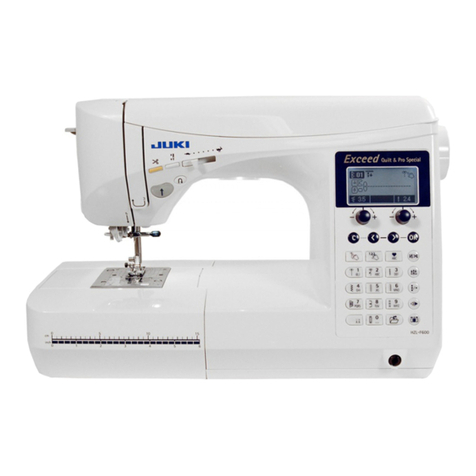
JUKI
JUKI HZL-F400 User manual
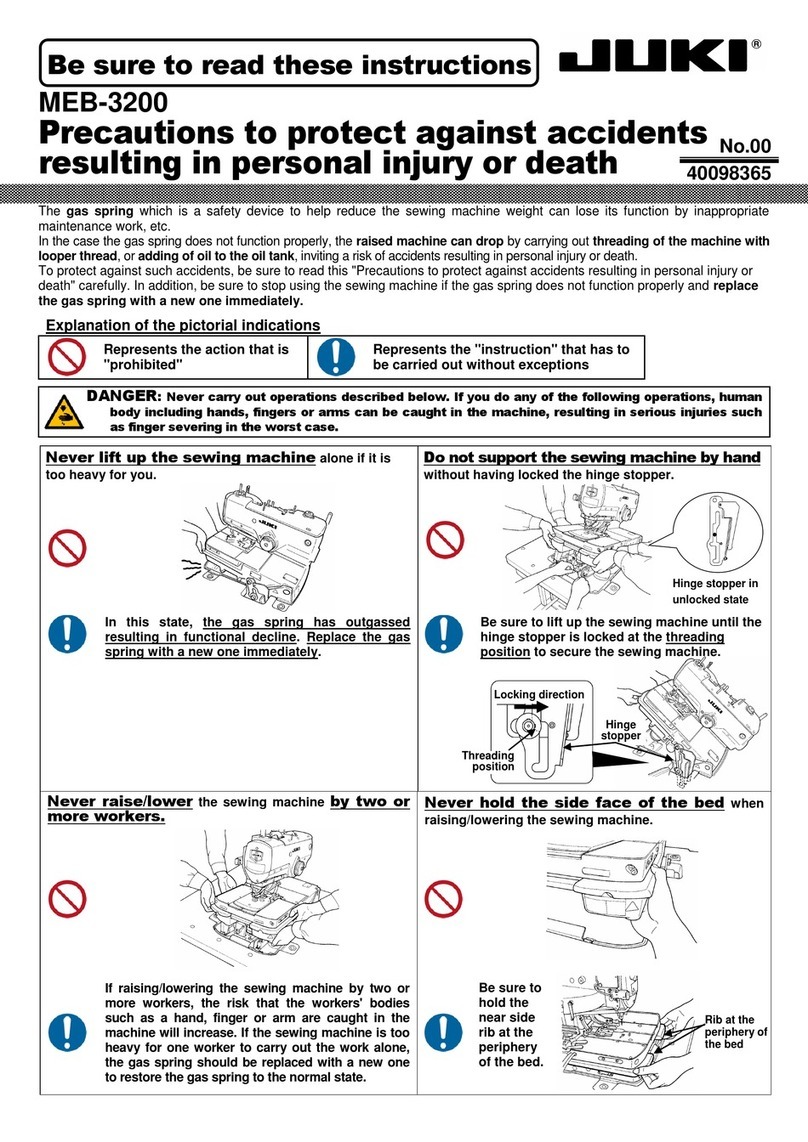
JUKI
JUKI MEB-3200 Series Quick start guide
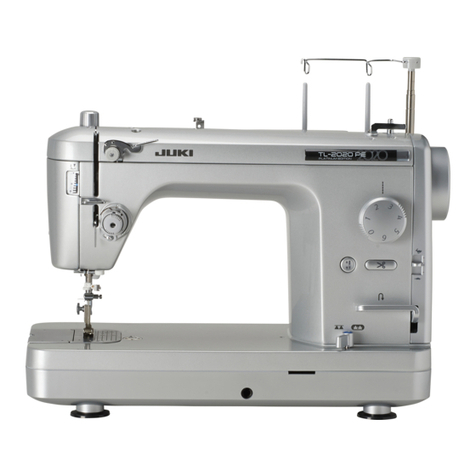
JUKI
JUKI TL-2020 PE User manual
